Move Over Colombia! This Is Now The Fastest Growing Tourism Destination In Latin America
7 min readLast Updated 2 mins ago
Long gone are the days when Colombia stole the limelight as the fastest-rising destination in Latin America.
As the novelty factor expires and crime across the country surges back to the 1990s levels, impacting demand, growth seems to be slowing down.
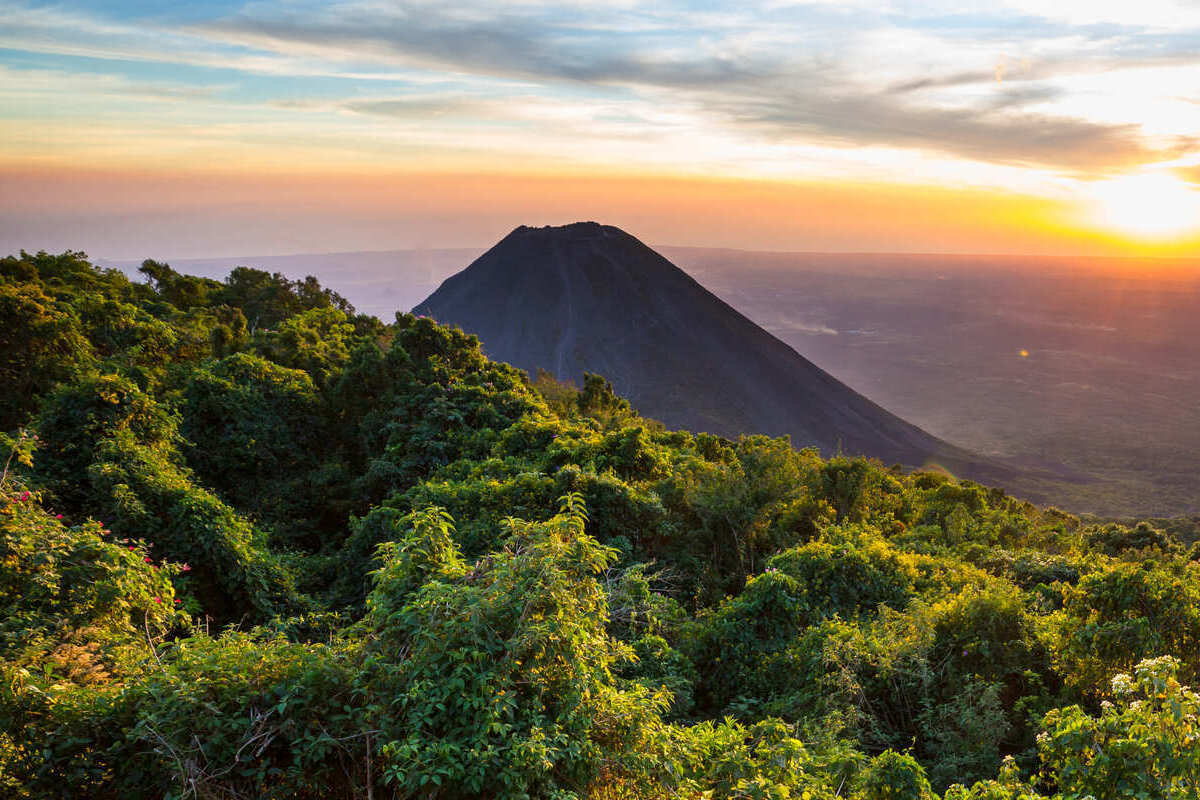

Colombia has been hit with a series of travel warnings since 2022, owing to the increase in violent offenses affecting tourists and the widespread drug issue.
It’s still a far cry from the hectic Pablo Escobar era when corruption was all but institutionalized, but things are getting bad.
On the other hand, there’s this alternative Latin American destination that’s cracked down hard on gangs recently and interestingly enough, has subsequently soared in popularity:
Why Is El Salvador So Popular To Visit All Of A Sudden?
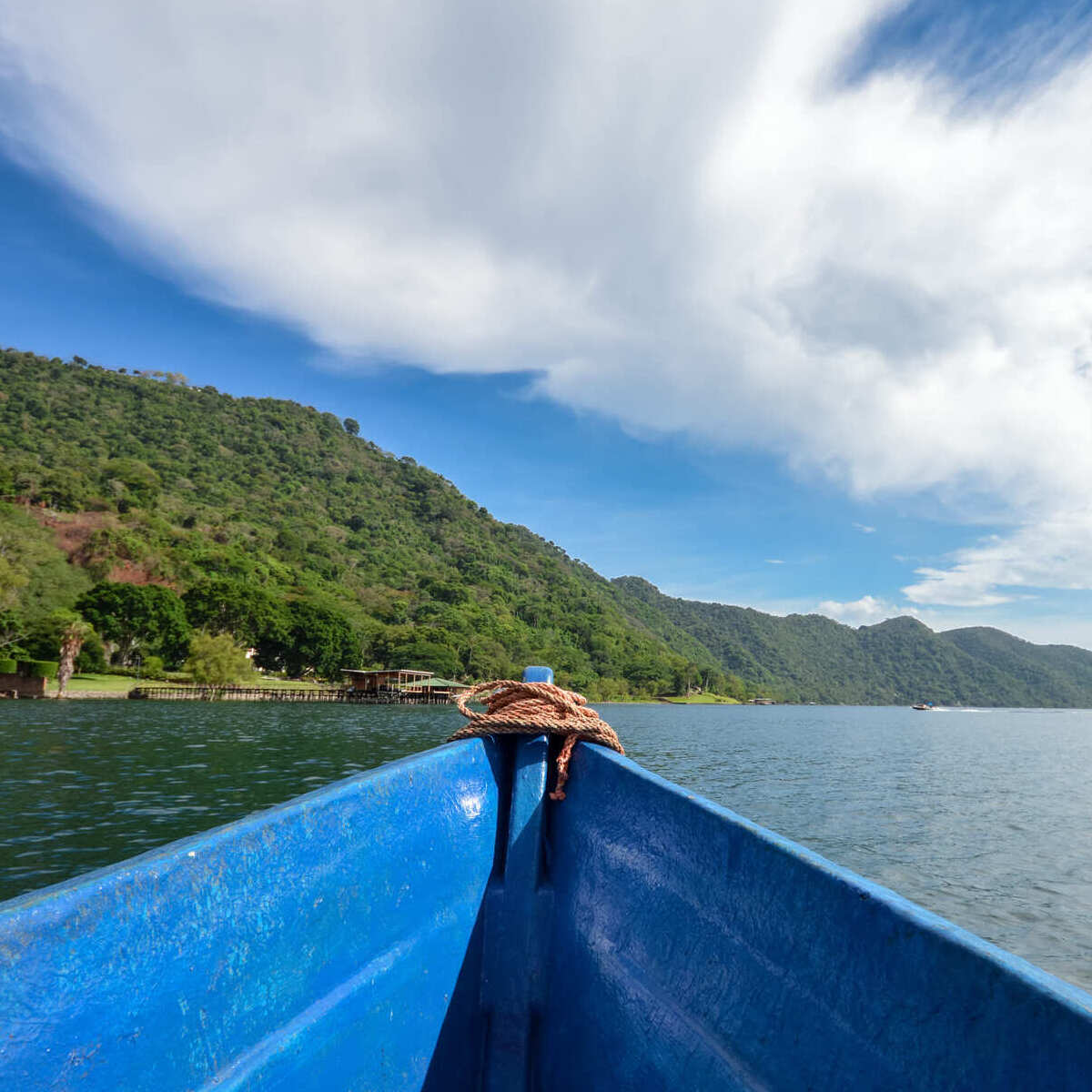

You may have heard of El Salvador up until this point, but you’re unlikely to escape it now that it ranks among the fastest-growing destinations in the Global South, outpacing previous front-runner Colombia, which has been inevitably losing momentum:
All across the South American country, American citizens have been losing their valuables, or worse, even their lives, after being duped by criminals, falling victim to violent robberies, and even ill-intentioned Tinder dates.
Located in the Central American isthmus, El Salvador doesn’t have a reputation for being one of the world’s most peaceful states, either.
However, unlike its Southern counterpart, it’s made significant progress in recent years in tackling crime.


Since March 2022, the Government’s zero-tolerance approach to crime, which led to mass arrests and the dismantling of militia groups and drug-peddling businesses, a first-of-its-kind move in the Latin world, has greatly reduced the sense of insecurity on a street level.
That’s not to say El Salvador is crime-free.
In fact, the U.S. State Department continues to consider it a risk-ier destination for Americans, urging them to reconsider traveling there due to crime and the ongoing ‘State of Exception’, but they are not warned against not going.
What Is The Situation In El Salvador Today?
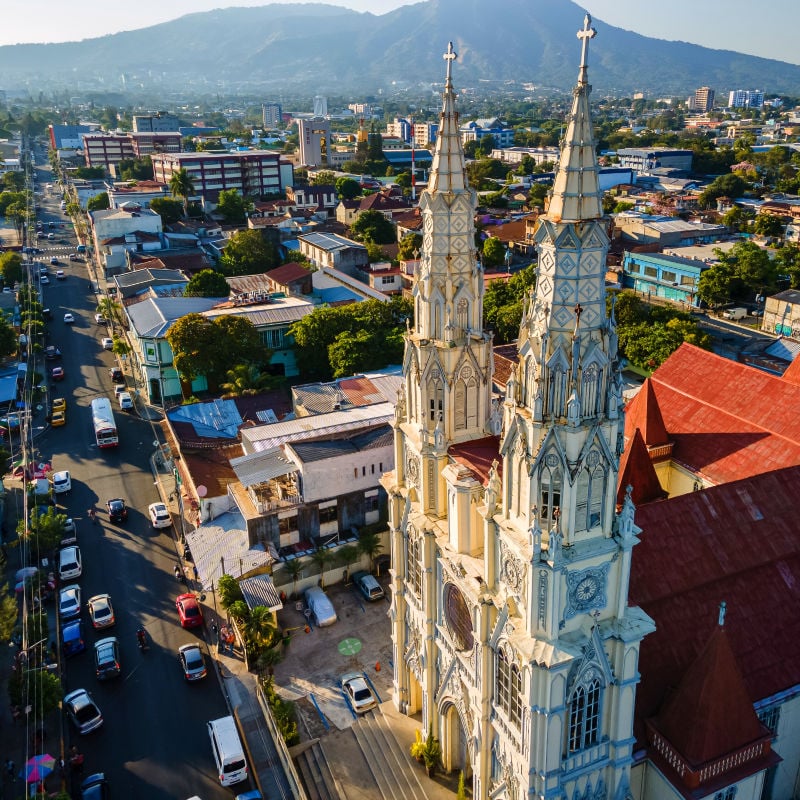

In San Salvador, the Salvadorian capital, the State of Exception has largely tackled the petty crime and armed robbery epidemic, for instance, and safety risks are now much lower than they were four or five years ago.
You shouldn’t walk around ‘no dar papaya‘, or looking like an obvious wealthy gringo: keep your wits about you, and definitely leave those valuables in the hotel safe, your expensive iPhone in your pocket, and steer clear of suburban areas and deserted, poorly-lit areas at night.
Though the state of Exception has not been free of criticism, especially with the current administration’s concentration of power, purging of the judiciary system, and the alleged mistreatment of inmates in prison facilities, one thing is for certain: crime is down significantly, with murders falling by 70%.


Conversely, regional partner Colombia now ranks again as one of the top three worst countries in the world for crime, as verified in a new study by Global Initiative, and on the tourism front, it’s no surprise Colombia’s taken a hit to its wallet, as tourists flee and spend their dollars elsewhere.
How Do Colombia And El Salvador Compare?
Anato, the Colombian Association of Travel and Tourism Agencies, has confirmed the hospitality sector is expecting ‘low’ occupancy throughout 2024, with an average of 57.70 percent of hotel rooms being occupied only.
We promise not to bore you with data and figures any longer, but to round it up, it’s worth noting the UN Tourism, the leading entity governing travel trends globally, has announced tourism arrivals to El Salvador have augmented by 90% since 2019.
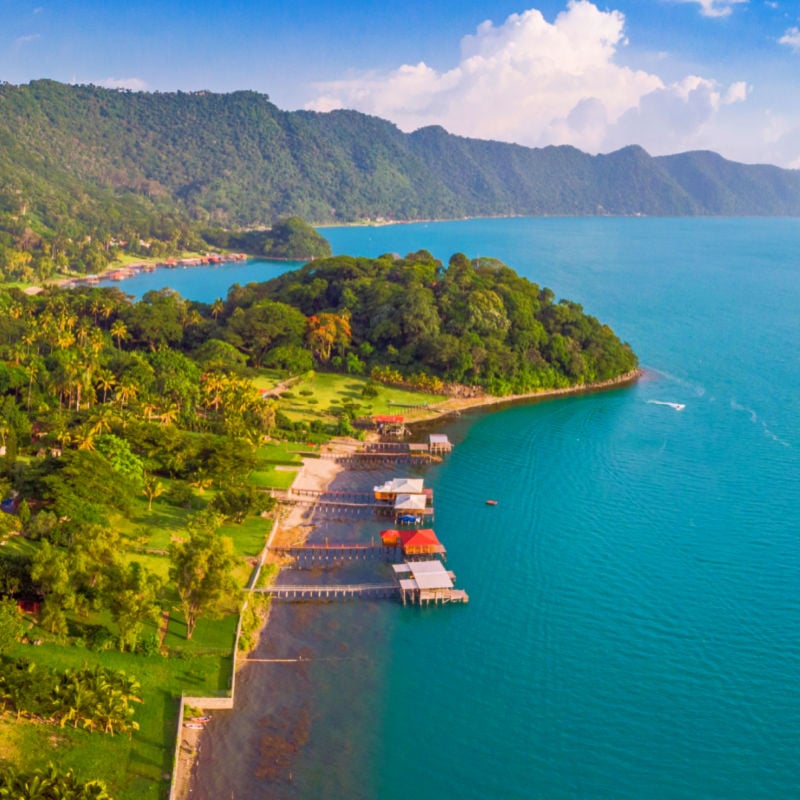

It is officially the fastest-growing country in Latin America, and worldwide, it’s only surpassed by Qatar, European hidden gem Albania, and Saudi Arabia; meanwhile, Colombia’s post-2019 growth peaked far behind at 29.6 percent.
It’s still record-breaking figures, with over 5.2 million tourists visiting per year on average since the health crisis subsided and international travel normalized, but it’s noticeable the country is no longer at its former podium.
That being said, can El Salvador hold on to its recently-acquired crown and aim even higher?
What Has El Salvador Got To Offer Tourists?
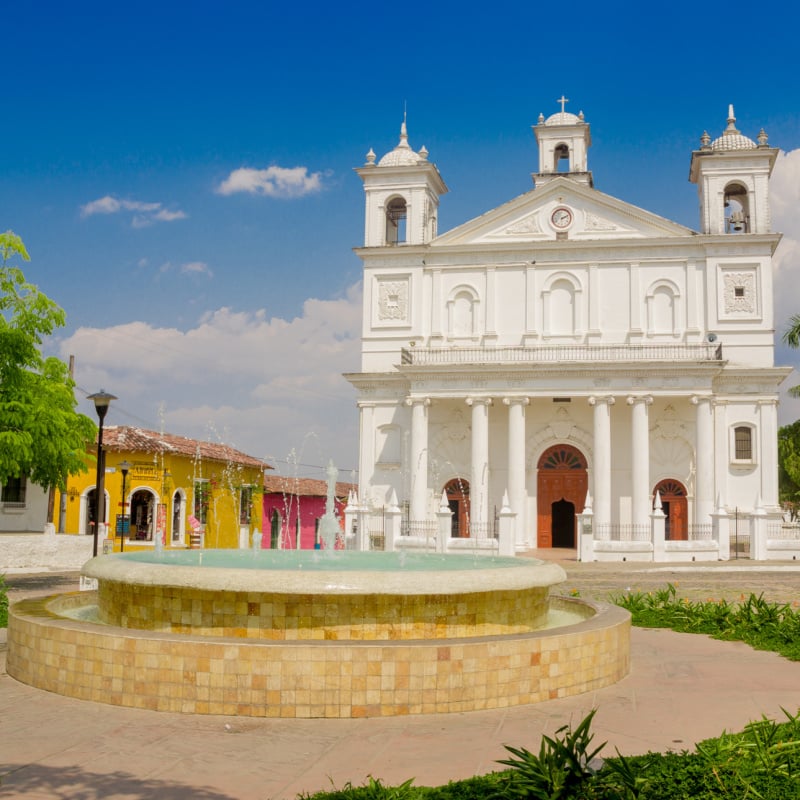

Despite being tiny, at only 8,124 square miles, El Salvador is one of the most topographical and biodiverse countries in Latin America: it straddles a largely underdeveloped Pacific Coast, while the hinterland is traversed by volcanic chains and verdant tropical reserves.
Similarly to its Central American neighbors Costa Rica and Guatemala, it is somewhere adventurous tourists looking for a bigger thrill than an overtouristed patch of jungle in Mexico go, and they’re usually rewarded with crowd-free beaches, stunning green scenery, and sweeping mountain vistas.
Impressive Volcanic Landscapes
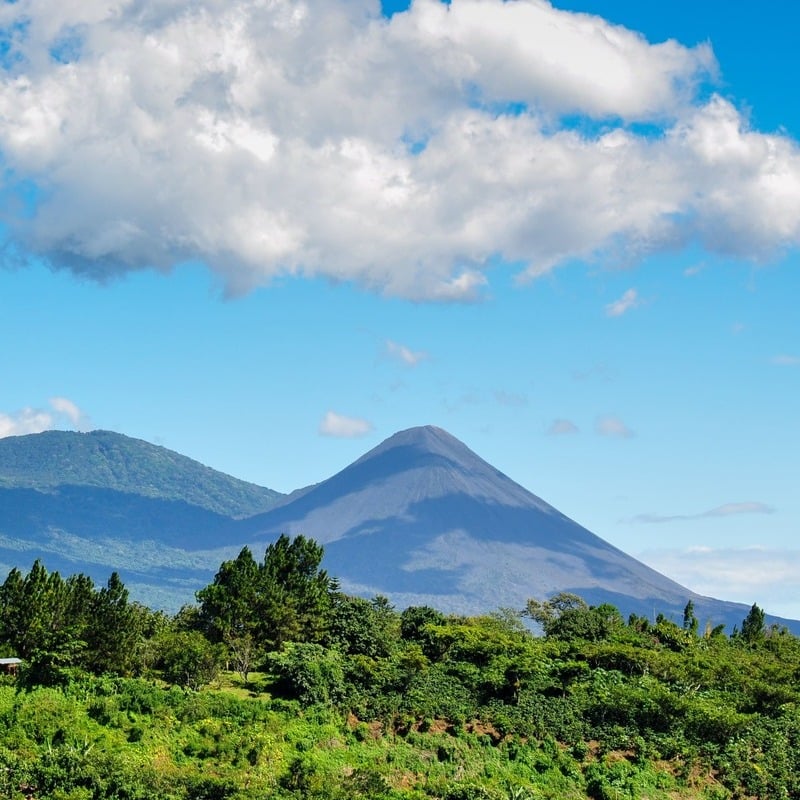

The Volcanoes National Park is the leading nature attraction in El Salvador: as the name indicates, the landscape is dominated by towering volcanoes, including Ilamatepec, the highest in El Salvador, and 4th highest in Central America.
Trust us, there is a big choice of preserves here, and El Salvador should definitely not be underestimated based on its limited landmass, but if you’re hoping to get your mind blown, trod where few have wandered before and where modern development is unknown, Montecristo should be at the top of your list:
This hiker-friendly park offers majestic views of the mountainous territory, and the canopied trails, shaded by lush, arching trees, lead to crystal-clear streams and cascading waterfalls (just make sure you’re accompanied by a guide, as you don’t want to be unequipped when crossing paths with a puma).
Crystalline Lakes And Volcanic Sand Beaches
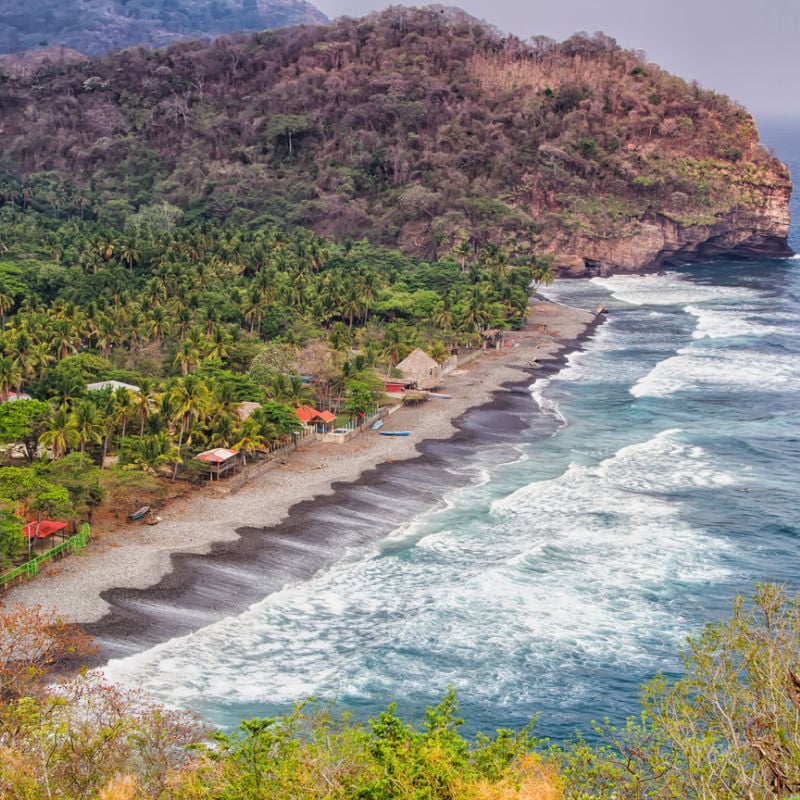

For the water babies out there, Lake Coatepeque is surely not to be missed: a body of freshwater resting at the very bottom of a caldera, it is an easily-recognized symbol of El Salvador and an easy day trip from the colonial city of Santa Ana.
On the Pacific side, beach lovers keen on relaxing and being in touch with nature are flocking into Playa El Cuco, an oasis-like stretch of volcanic sand, in the unspoiled San Miguel coast, while the more sociable kind are heading for La Libertad instead:
A bustling port city known for its black-sand El Tunco Beach and surfing scene, it has a well-maintained 19th-century pier, dating back to El Salvador’s golden age, and it’s the gateway to the Walter Thilo Deininger Park, a renowned birdwatching hotspot.
Ancient Mayan Ruins


To all you culture buffs out there, you should probably know El Salvador boasts a rich ancient History: it was in fact inhabited by the Mayans––yes, the same ancient peoples who ruled the Yucatan Peninsula in Mexico––and at one point, it was also a part of the Spanish Empire.
A UNESCO World Heritage Site, Joya de Ceren is a partially-preserved Mayan ruin that stands out among the hundreds of others due to its rural character: it’s not a sprawling city like Chichen Itza, but the equivalent of an ancient farming village.
It is often called the Pompeii of the Americas, as it, too, was wiped out by an ashfall resulting from a volcanic eruption: it’s located in the Zapotitán Valley, a short 22 miles northwest of San Salvador, the country’s capital, and it’s an easy day trip to take.
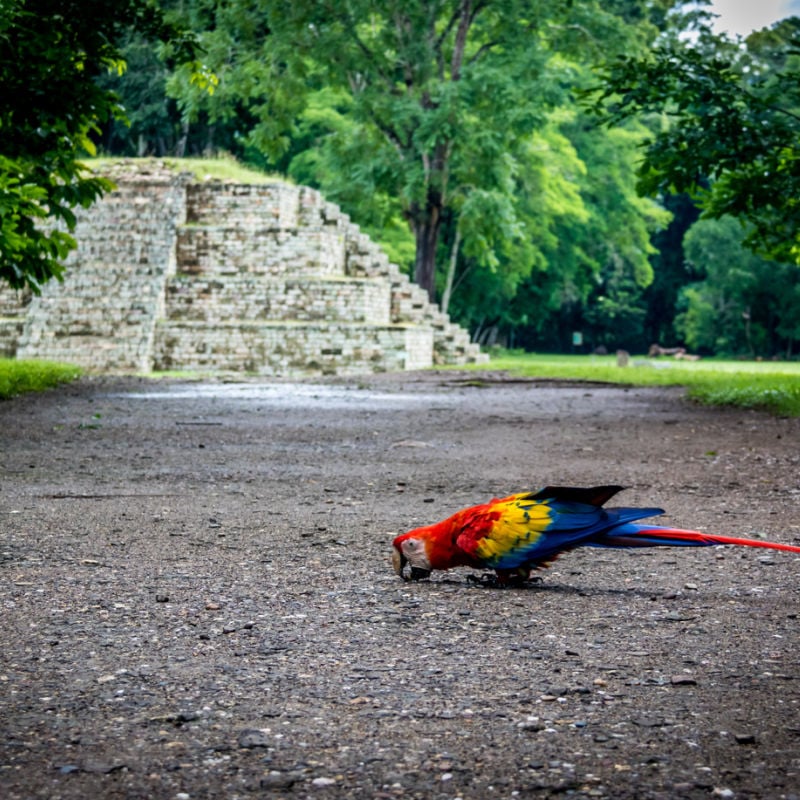

You can book a tour visiting all of the major Mayan highlights of El Salvador, including Joya del Ceren, for only $95 on GetYourGuide.
El Salvador Just Ticks All The Boxes
Last but not least, El Salvador is considered to be on the cheaper end of Central America, with travelers spending on average $61 per day on food, transportation, guided tours, and tourist attractions, excluding accommodation, while tourists in Costa Rica get set back $115 per traveling day.
So, could El Salvador position itself as one of the most popular destinations in Latin America?
It most certainly could:
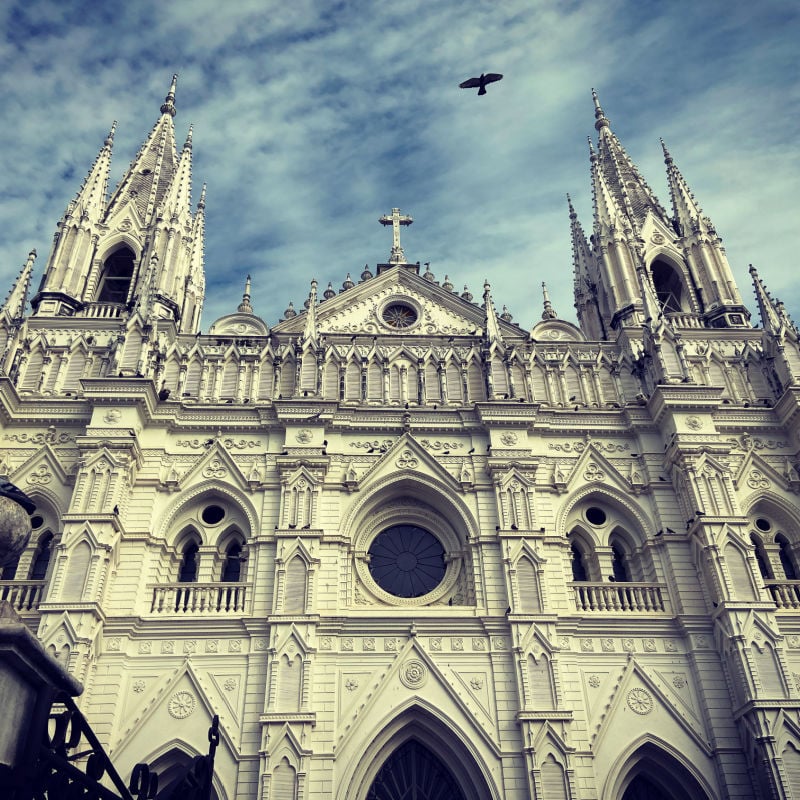

- It’s got the thriving nature
- It’s got the amazing culture
- It’s becoming safer to visit
- It’s relatively cheap still
- …and Americans are falling in love with it already
We’re just holding out to see for how long the relatively-safe current state of affairs will stand, or whether we can expect El Salvador to be on a track to recovery from its crime-ridden past in the years to come––perhaps even a Level 2 status on the State Department’s part?
Who knows.
↓ Elevate Your Travel↓
Sign Up Now For Travel Off Path Premium! No ads, VIP Content, Personal Travel Concierge, Huge Savings, Daily Deals, Members Forum & More!


✈️Join Our Travel Off Path Community Forum: Where travelers unite, ask questions, share experiences and even find like-minded travel buddies!
SUBSCRIBE TO OUR LATEST POSTS
Enter your email address to subscribe to Travel Off Path’s latest breaking travel news, straight to your inbox.
This article originally appeared on TravelOffPath.com
Opinions expressed here are the author’s alone, not those of any bank, credit card issuer, hotel, airline, or other entity. This content has not been reviewed, approved or otherwise endorsed by any of the entities included within the post.


